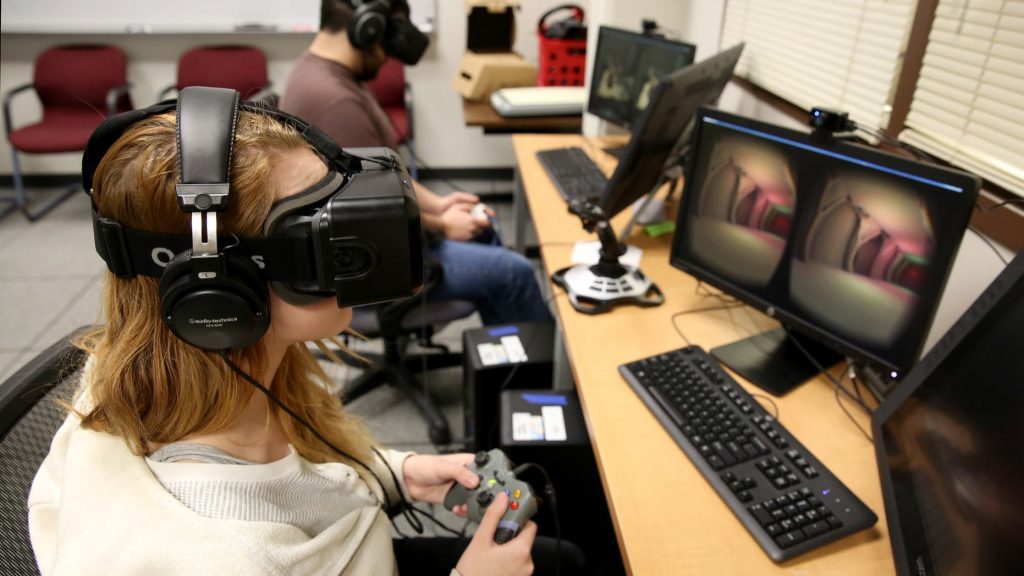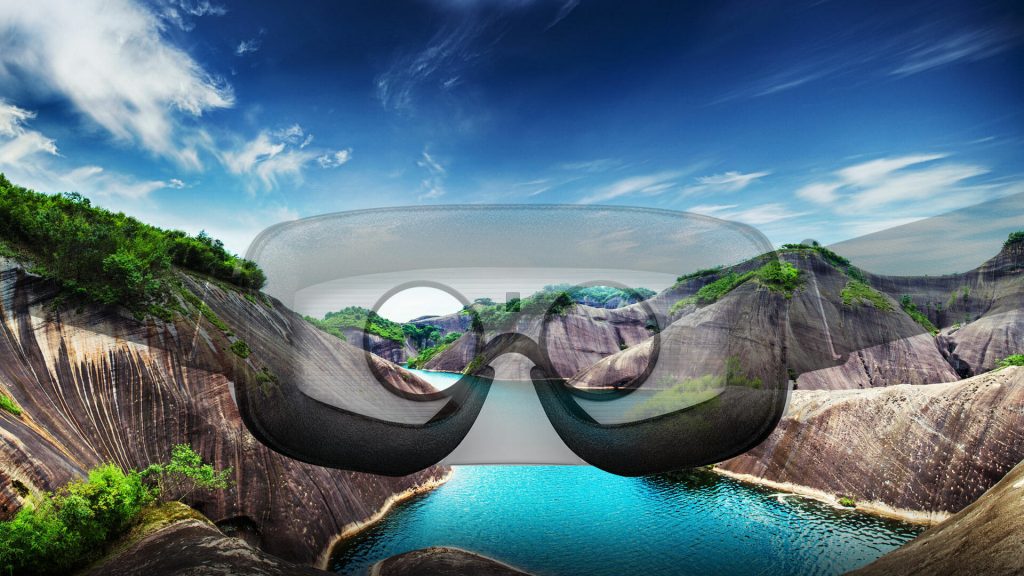Virtual reality has long surpassed its purpose of gaming and fun. It is often being used in scientific studies, rehabilitation, and training programs. Below are the for educational fields that would benefit the most from VR education programs. Many universities and colleges are slowly flirting with the idea of incorporating virtual reality into their curriculums. Visual learning is an important part of studying since more than 65% of our population is assumed to be visual learners. Visual stimuli are decreasing learning time, increasing retention, and improving the general comprehension of the studied topic.
Medicine
The use of VR is already practiced and highly appreciated in the field of medicine. Teaching students saving lives is not easy, especially when you want to give them firsthand experience. At some universities, students are not even allowed to observe surgeries live until their later years of study. This is making the knowledge received harder to memorize and more abstract. This, consequently, can lead to more mistakes and higher levels of stress when they start practicing medicine.
A study from Leicester Medical School showed that training in VR before surgery increased proficiency, skill level, technique effectiveness, and speed of first time performing students. Students using VR (360 videos) also outperformed the ones studying from textbooks on the exam.
Another benefit of VR using in medicine is the ability to practice rarely performed procedures. Let’s face it, even doctors are humans and need practice, to maintain their knowledge and skills. This can be hard if procedures are rare but still important. VR can provide them with essential repetition needed for life-threatening situations.
Biology
The use of VR in biology might not be as crucial as medical education, but it is still extremely useful for the following reasons. Students can efficiently study botany without actually visiting botanical gardens. The downside of those gardens is that they are extremely geographically sensitive. Only certain plants can successfully grow in different climates. No matter how much effort is invested in recreating those environments, there is no physical ability to plant them all. With the use of VR, students could just change the scenario according to the types of plants they are studying. This would enable them to observe flora in 360 degrees view from up-close.
Studying zoology can be even more interesting. VR not only enables students to observe animals in their natural habitat, it also provides them with a closer look at small, large, or dangerous animals. VR plays a crucial role since ZOOs are often a subject of debate on their role and animal cruelty.
Evolution and genetics are sometimes hard to imagine and consequently study. With Viar360 students could not only observe evolution but also make alternative scenarios for genetics and evolution, making studying more interesting and clear. The only thing they need is already prepared footage. Once the professors have the content they can easily create a class adding interactive elements inside their VR lesson.
Art
Art grabs new opportunities as soon as they appear, and virtual reality has already become a new medium. But what can it offer to an art student? Well, it can be an awesome tool for installation art, as simulations can be easily generated. It’s important to know if a concept will hold as soon as possible before the student makes too much commitment to it. We have already hosted an interview with talented visual artist Godfrey Meyer III who already has more than 140 VR Art projects under his belt.
Secondly, making a sculpture out of expensive material can be tricky for a proclaimed artist, and it’s nearly impossible for a student. For instance, the student might think their concept should be expressed in bronze, but there is no guarantee to know that it is truly the best way. They might waste enormous amounts of time and energy trying to convince professors to let them use such a costly material (if the school provides it) or lots of money by buying it themselves.
New technology like tilt brush can allow students to experiment in three-dimensional spaces until they are sure that their idea is coming across as they intended it. With a VR tool computer-generated 3D models can actually be seen in space, and different textures can be closely observed. It can be a gateway to securing funding for their work or a tool to figure out if the concept is truly worth investing in.
It’s also a tool for life drawing. Drawing from a 3D model is a much more effective way to learn about the anatomy of the human body than looking at a 2D photo. It’s really frustrating when a student finds a perfect reference photo but then realizes what they really need is that same pose, but taken from a different angle. Also, there are many reasons why some students can’t attend life drawing classes in person. There might be a lack of funding, shyness, religious reasons, or just that there aren’t any available classes where they live. VR can offer an elegant solution to these problems.
Anthropology
There are a lot of movies about other cultures, and, like VR, they try to achieve some sort of immersion experience. But some go over the top when trying to win the audience over. Many so-called ‘anthropological’ movies were later discovered to be mainly staged by directors (such as 1922 Nanook of the North).
Even much later films were still shot from a western point of view. Directors would concentrate on the things that they thought would be interesting to the audience, and would often ignore the everyday life of the people they portrayed. They would also come in big crews, so the indigenous people would of course not behave as usual. All these factors would skew the view of non-western cultures, creating entertainment instead of education.
There’s been a VR-like trend in anthropological filmmaking in the last years. Films, where the crew was barely present have won prestigious awards (Leviathan is a great example). They feel much more organic and offer an experience that feels almost lifelike. It wasn’t long until short 360 videos that can be watched with VR glasses have made their appearances.
Anthropologist Haley Bryant has written an excellent article on VR in anthropology. In it, she stresses that these experiences feel completely different than just watching a movie. There is a strong sense of presence, which makes you empathize with the subjects of the film. The only thing that she reports as a negative is that you feel a strong urge to get up and explore the world you have just been thrown into, but you are unable to do so, as most of today’s anthropological 360 videos are shot from a stationary point.
As seen from the examples above, virtual reality presents a crucial point in the advancement of all fields. Whether it is saving lives or just better understanding the world, VR offers experiences and views needed for research improvement, retention, and hands-on experience. Help students become better and offer them a unique experience with Viar360.



